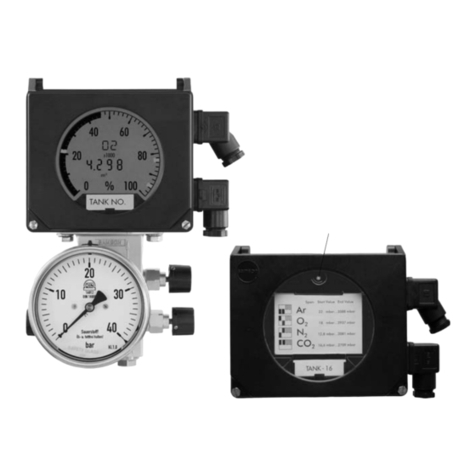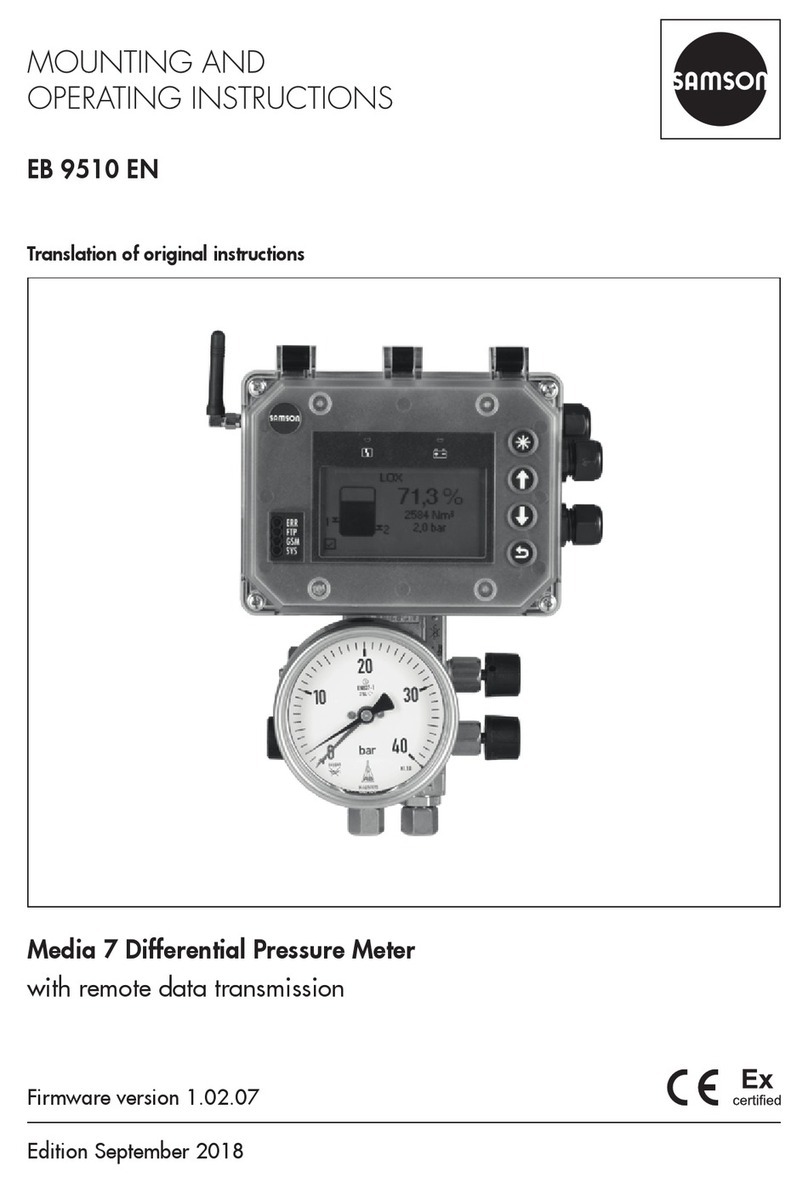Samson Media 05 Service manual
Other Samson Measuring Instrument manuals

Samson
Samson Media 6 Service manual
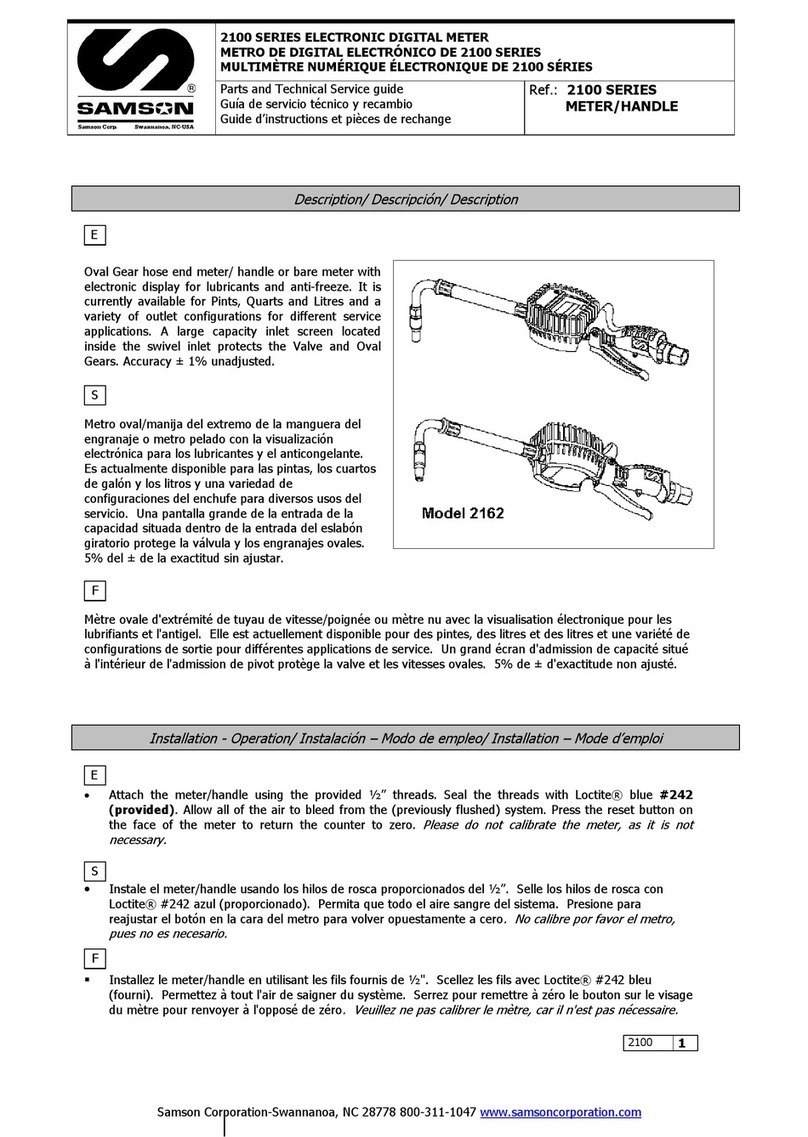
Samson
Samson 2162 Operating manual
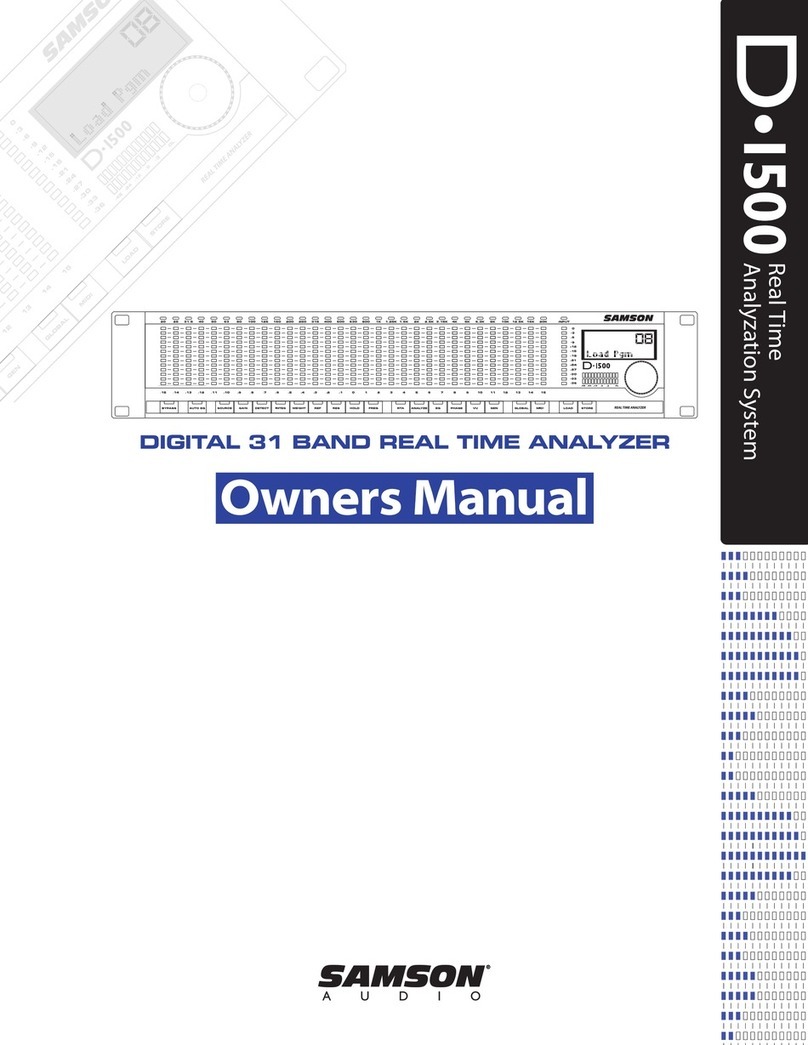
Samson
Samson D-150 User manual
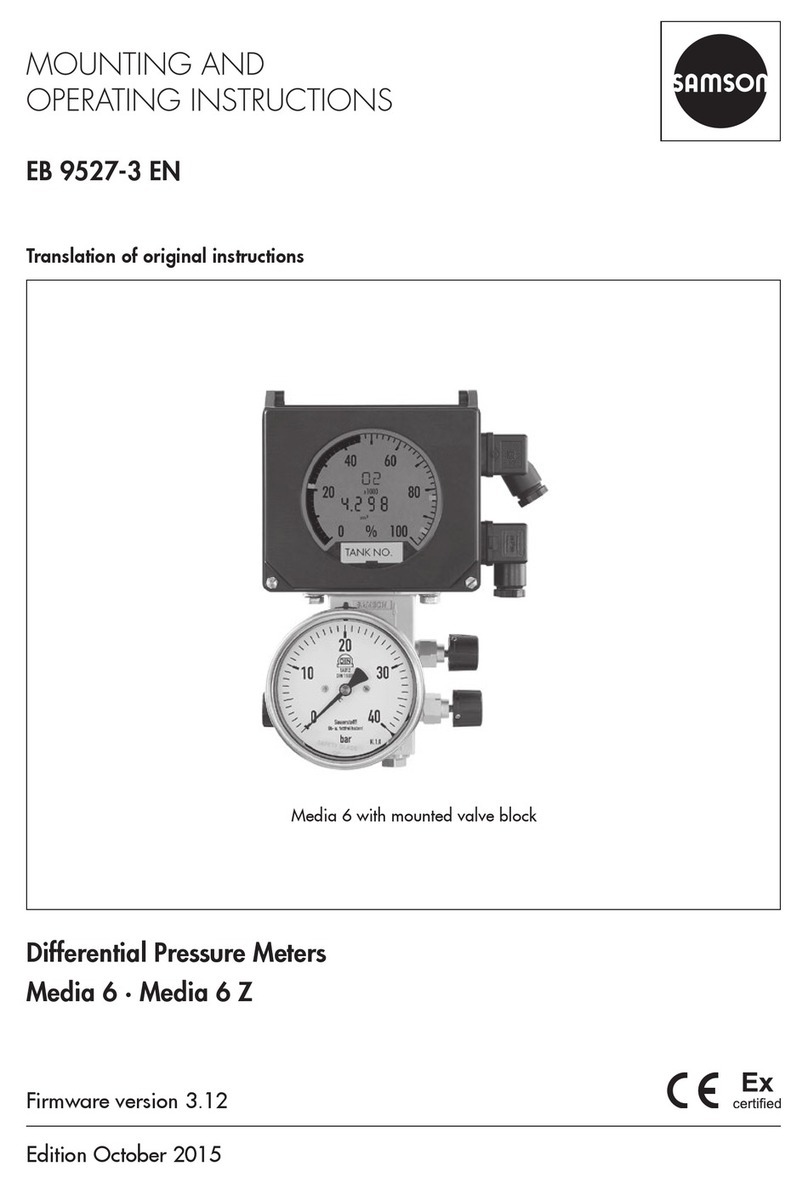
Samson
Samson Media 6 Z Technical document

Samson
Samson 024.85 User manual

Samson
Samson 1100 SERIES User manual
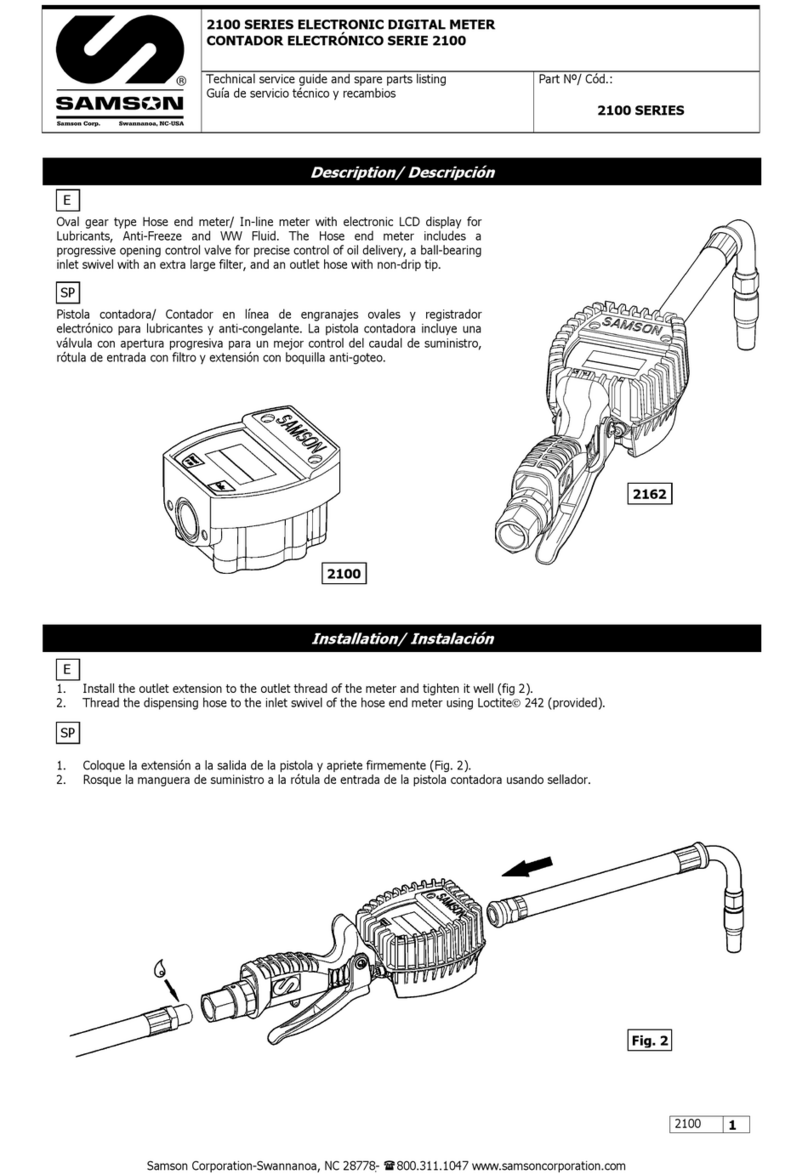
Samson
Samson 2100 Series Troubleshooting guide
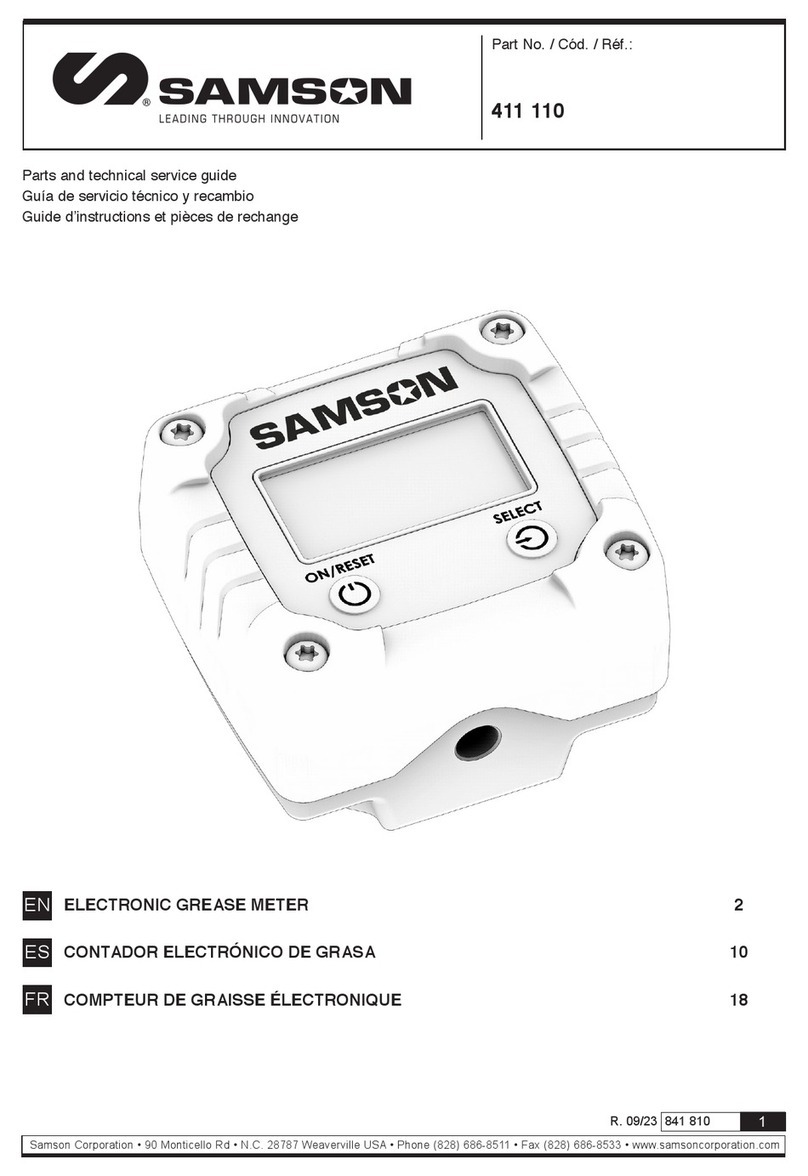
Samson
Samson 411 110 Operating manual

Samson
Samson Media 7 5007-1 Service manual

Samson
Samson Media 6 User manual
Popular Measuring Instrument manuals by other brands

Powerfix Profi
Powerfix Profi 278296 Operation and safety notes

Test Equipment Depot
Test Equipment Depot GVT-427B user manual

Fieldpiece
Fieldpiece ACH Operator's manual

FLYSURFER
FLYSURFER VIRON3 user manual

GMW
GMW TG uni 1 operating manual

Downeaster
Downeaster Wind & Weather Medallion Series instruction manual

Hanna Instruments
Hanna Instruments HI96725C instruction manual

Nokeval
Nokeval KMR260 quick guide

HOKUYO AUTOMATIC
HOKUYO AUTOMATIC UBG-05LN instruction manual

Fluke
Fluke 96000 Series Operator's manual

Test Products International
Test Products International SP565 user manual

General Sleep
General Sleep Zmachine Insight+ DT-200 Service manual
